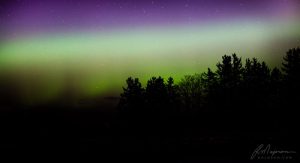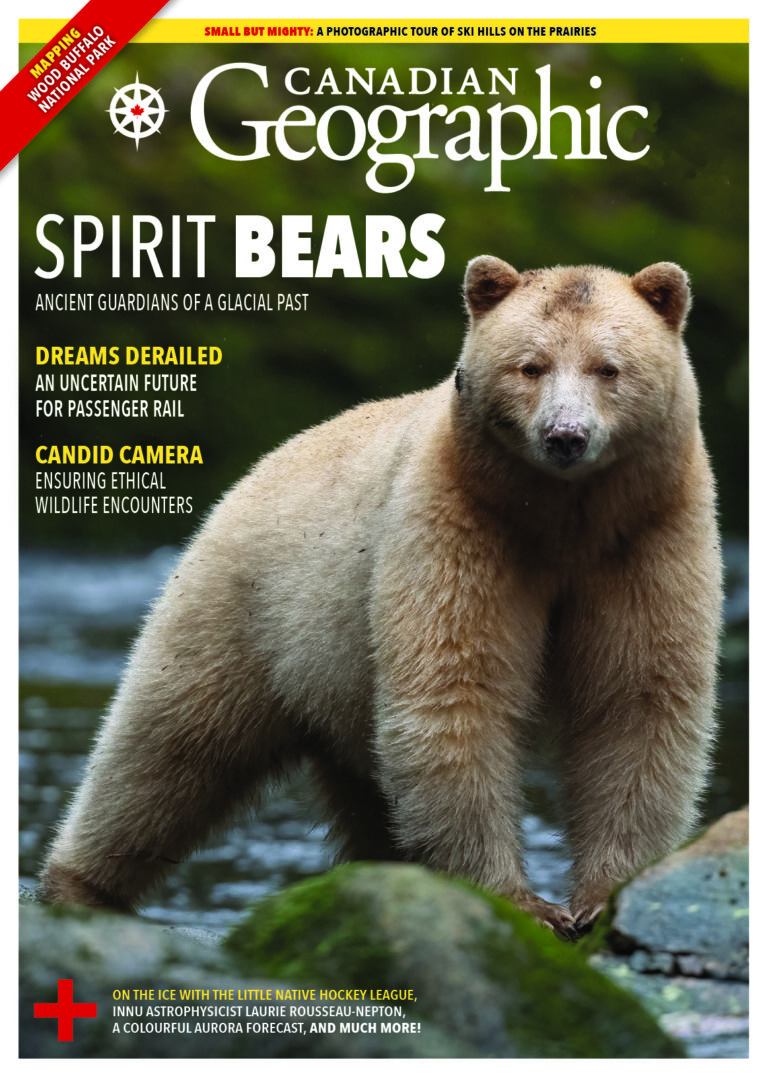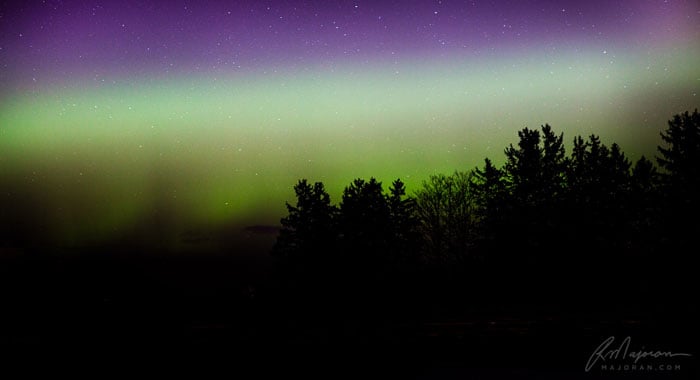
People & Culture
How to photograph the northern lights at lower latitudes
This photog lives in southern Ontario, but still gets amazing photos of the northern lights. Here’s how.
- 1777 words
- 8 minutes
Science & Tech
Shiny auroras will fly farther south over the next 18 months

Get ready for more shining lights in Canadian skies.
The beautiful northern lights, also known as the aurora borealis, will peak sometime in the next 18 months. While those of us living in the Far North of Canada see these night-sky lights on the regular, people who live farther south will soon get more opportunities as well.
Auroras are hard to predict, although you can get good forecasts from the U.S. National Oceanic and Atmospheric Administration (NOAA). Auroras tend to cluster when the sun is more active, and it just so happens that the sun, which has an approximately 11-year cycle of activity, is heading into a period of peak solar activity, called a solar maximum. This active period clusters with phenomena like sunspots — dark blemishes on the surface of the sun that seethe with magnetic fields.
As the magnetic fields in sunspots twist and snap, they send out huge bubbles of plasma threaded with intense magnetic field lines in events known as coronal mass ejections. If this material is facing Earth, we may see auroras a few days later when the stuff hits the magnetic lines surrounding our planet. Electrically charged particles from the sun crash against atoms and molecules of air high in the atmosphere, causing them to glow. The glowing gases create eerie lights in the polar night skies as the charged particles are pushed toward the poles by Earth’s own magnetic field.
The aurora borealis typically happens in a zone that stretches about 2,500 km away from the magnetic North Pole, according to the Tromsø Geophysical Observatory, which puts the best viewing spots in Canada for the aurora in the Yukon, Nunavut and Northwest Territories. (The pole is roughly at 86.1 degrees latitude and 146.8 degrees longitude, north of Siberia, according to the World Map Model, but shifts rapidly year-to-year.)
But when solar storms happen, the aurora is visible much farther south, in major cities like Toronto or Vancouver, for example, and even much of the United States. Here’s what to expect as the sun reaches its peak of activity in 2024 and keeps producing at a high rate in 2025.

This story is from the January/February 2024 Issue

People & Culture
This photog lives in southern Ontario, but still gets amazing photos of the northern lights. Here’s how.

Science & Tech
For scientists and northern lights rubberneckers, 2013 promises to be a once-in-a-decade opportunity to experience the sun’s magnetic power at its height.

Travel
With solar activity expected to peak in 2024, there’s never been a better time to see the northern lights. Here’s how to do it in the “aurora capital of North America.”

Science & Tech
From economy to ecology, J.B. MacKinnon's creative work of non-fiction explores what the world would look like if we could just stop shopping

People & Culture
This photog lives in southern Ontario, but still gets amazing photos of the northern lights. Here’s how.

Science & Tech
For scientists and northern lights rubberneckers, 2013 promises to be a once-in-a-decade opportunity to experience the sun’s magnetic power at its height.